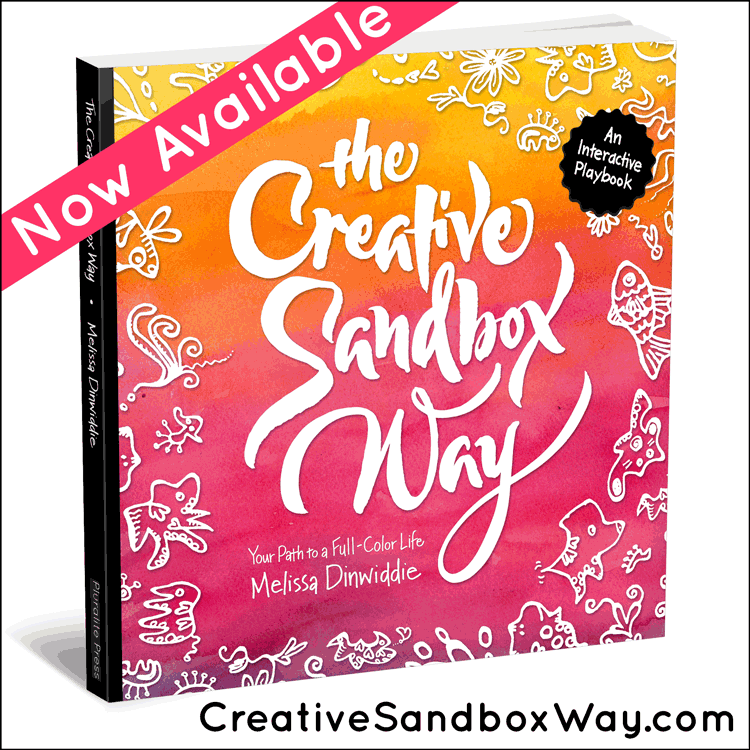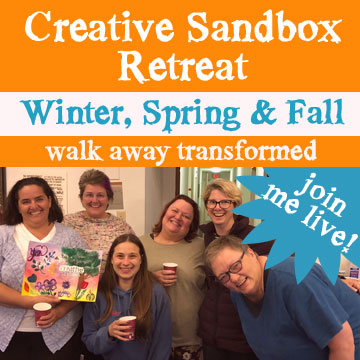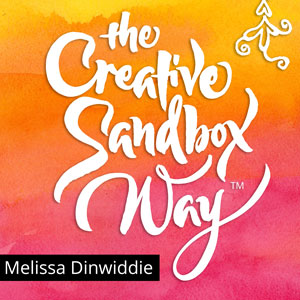
The chaotic artist’s studio. The writer’s desk piled high with a jumble of papers.
These are iconic images. (Just look at this famous picture of Einstein’s desk on the day he died.)
Creative genius, these images seem to say, is facilitated by clutter.
Some studies, including this one, described in this New York Times article, even suggest that messy environments encourage originality and a search for novelty. (Though it’s interesting to note that the same study suggested that a tidy, orderly environment tends to inspire healthier dietary choices.)*
What this study didn’t investigate, though, is the difference between mess and clutter.
This is a shame. Something critical is left out when the difference between mess and clutter is left unexplored, something that could be hampering your creative joy and freedom.
Let’s take a look at that difference right now.
Mess vs. Clutter
The words “mess” and “clutter” are often used interchangeably, but they are not at all the same. The table below catalogs some key differences.
| Mess | Clutter |
| Mess is a healthy, natural part of life. It’s a sign that your space is lived in and enjoyed. | Clutter is excess stuff that takes up space and saps energy. |
| Mess is temporary, and relatively easy to deal with. | Clutter is long-term to permanent, and does not clean up quickly. |
| Mess is usually composed of items that get a lot of use and/or love, and can be tidied up and put away, because everything has a “home.” | Clutter is composed of items that are not used, wanted, or loved, and though it takes up space, it doesn’t have a real “home.” |
| Mess doesn’t get endlessly ignored. | Clutter is like wallpaper, easy to ignore. (And mess can become clutter if ignored for too long!) |
| Mess gets moved around and used often, allowing energy to flow. | Clutter usually stays put, blocking energy in your space. |
| Creating a mess often energizes and brings joy. | Clutter drains energy and has no redemptive qualities. |
| Mess is an inherent part of the creative process. | Clutter is a massive block to creativity. |
In short, if it’s energizing you, it’s mess. If it’s draining you, it’s clutter.
Now That You Know the Difference, So What?
Ask yourself, when you look at your environment, which are you dealing with, mess or clutter? Start to pay attention, and make distinctions throughout the day.
Use my Golden Formula (self-awareness + self-compassion = the key to everything good – click to tweet!) to notice how mess and clutter make you feel (the self-awareness piece).
Then respond with gentleness, reminding yourself that you’re human, that plenty of other people struggle with this stuff, too (the self-compassion piece).
The first step is awareness.
You don’t have to go crazy. You don’t even have to do anything right now — just pay attention, and think about how your space is at the moment, compared with how you wish your space were, in an ideal world.
Every accomplishment starts with a vision, so start picturing your dream space. If you can dream it, you can do it.
And if you’d like help clearing your clutter, stay tuned, because I’ve got something coming up in a few weeks that could just change your life.
Now go get creating!
*For an audio version of this post, including an expanded explanation of the messy/tidy creativity study, check out episode 020 of my podcast, Live Creative Now!

PS — Pssst! Know someone who might benefit from seeing this today? Pass it on!





Leave a Reply